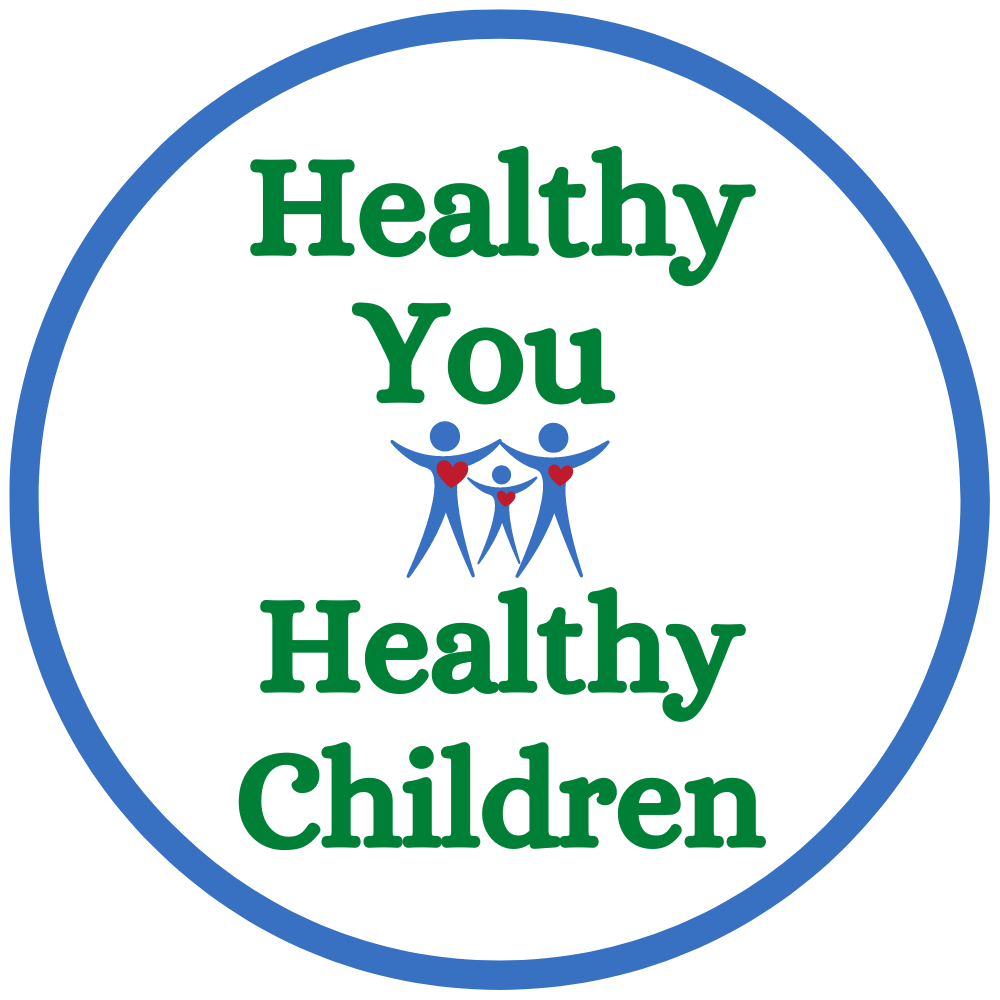I have collected excellent recommendations from leading sources about children’s nutrition aged 2 to 5 for you (the American Academy of Pediatrics or AAP is my number 1 source). Some of them may sound pretty general, and they are. Some of them may sound familiar if you read my blog articles. Everyone at home can benefit from many of them.
Why did I choose the preschool age? From a young age, children start to develop a relationship with food and eating. As parents, we should do our best to help them develop a healthy one. Preschoolers start to learn and develop their eating habits and need encouragement to eat healthy meals and snacks. Plant the seed of healthy food choices by being a role model and offering nutritious foods to your kids, and they will continue to grow up making good food choices.
Please read the list, implement the changes in the order you think will work in your home, and align them with your children’s skills. Remember that sometimes it is better to make small changes one at a time, especially with younger kids (routine for them is super important, and you are changing things up).
The ideal goal: implementing all of them!
Let’s get to it.
#1– Be a role model by eating the same healthy food you offer to your kids.
#2– Teach your children about nutritious food and why it is important to make good choices from a young age.
#3– Choose healthy whole foods, and reduce/stop ultra-processed and processed foods (especially those loaded in sugar and unhealthy fats). You can read my article about Food Labels and how to use them to make healthy choices by clicking here.
#4– Clean your pantry and fridge of tempting, unhealthy foods. This will make it easier for everyone at home to choose healthy options for snacks. Keep the healthy option handy.
#5– Have your children help with food shopping. To make it a pleasant experience, try to:
● eat before shopping (a hungry young kid is a call for a tantrum),
● have your list,
● set clear rules for behavior in advance,
● do not rush them (unless you are in a hurry),
● let them look around and chat about what they see,
● ask your children to look for items,
● talk to them about what you are buying,
● bringing some toys may be a good idea.
#6– Have your children help with meal cooking or preparation. If they saw, touched, and sometimes played with what they have on their plate in front of them, they may be more open to eating new food.
#7– Meals and snacks are important times for children. Make these meals a pleasant family time, and switch off screens (TV, Tablets, Phones, etc.) Talk with your children during meals.
#8– Offer meals and snacks at scheduled times, but be flexible. Avoid grazing. Eating all the time without structure will make your kids not hungry when the nutritious (and scheduled) meal is in front of them.
#9– Allow your children to serve themselves if they can. This is an important self-help skill that also helps regulate food intake, but keep in mind the serving size (small serving for small kids)
#10– Offering new foods can be challenging:
● Offer a variety of foods, so your kids can try them.
● Serve small portions of the new food.
● Encourage them to try it, but not force them.
● If they reject new food, continue to serve the food anyways (it may take several times before they say yes).
● Serve them their favorite foods along with the new one (they may be more willing to try it).
● Eat the new food yourself.
● As mentioned before, your kids might be more open to trying the new food if they were involved in shopping and preparation.
#11– Do not pressure your children to eat certain foods or eat more than they want. Help your children respond to internal hunger and fullness cues. When they are full, they may stop or eat more slowly or play with food/utensils.
#12– Do not use foods to reward, bribe, punish your kids or keep them calm, comfort, or entertain them.
#13– Offer plenty of water to your children during the day for hydration. They may not tell you when they are thirsty.
#14– Avoid sugared drinks like fruit drinks, sodas, sweetened tea, or sports drinks. If your younger kids are used to drinks juice frequently and are fighting to change to only water, you can start by diluting it more and more until they end up drinking water. Be patient. Water and milk are healthy options (milk provides calcium, Vit. D, protein, and other nutrients). Choose whole fruit over 100% natural juice (it contains more sugar per serving than whole fruit).
#15– What if your children want to eat only one particular food?:
● This is common at this age and rarely lasts long enough to be a problem for your kids’ growth (especially if growing and energetic).
● Offer smaller portions of his favorite food along with other foods. Be patient.
#16– What about picky eaters?:
● follow the advice above about offering new foods at every meal, encourage them to try new things, involve them in shopping and prepping.
● Do not focus on the amount your kids eat at a specific meal; look at your children’s eating over time. If they are growing and energetic, they are getting enough food.
#17– Last and not least: mealtime should not be overcomplicated. Focus on nutrition over elaborated. Keep things simple.
A well-balanced meal consists of:
● A protein source + a generous serving of non-starchy veggies + a small quantity of a starchy vegetable or whole grain.
● Add flavor with spices and healthy fats such as real butter, coconut oil, olive oil, or avocado.
● Finish with a small serving of fruit for dessert, and you will have a delicious meal that will keep your children (and Family) satisfied.
For Snacks:
● AVOID ultra-processed carbs like cereals, pretzels, fish crackers, or cookies. They are high in energy and low in nutrients and will not help with your children’s hunger.
● Offer snacks with protein and healthy fats that will help your kids be OK until the next meal.
● Use snack time to offer veggies and fruits (some children will not eat them during mealtime).
● Some examples: hummus with small pieces of veggies, boiled egg with sliced fruit, 2% or whole Greek yogurt with sliced or mashed fruit, peanut butter (any seed or nut butter) with sliced fruit, cheese with 1-3 whole-wheat crackers, cheese stick with chopped veggies.
Final Thoughts:
As I mentioned before, many of these recommendations apply to every family member. For healthy changes to happen, everyone must be on board. Be patient and constant with your children, and they will adopt the changes. Be a positive role model, and they will follow you. Help them grow up healthy and strong and become a healthy adult.
“Children are great imitators, so give them something great to imitate.”
Unknown
For more information about a healthy lifestyle, do not forget to SUBSCRIBE.
If you or your family need extra support to adopt a sustainable healthy lifestyle, BOOK a CALL with me to find out more about how I can help you.






